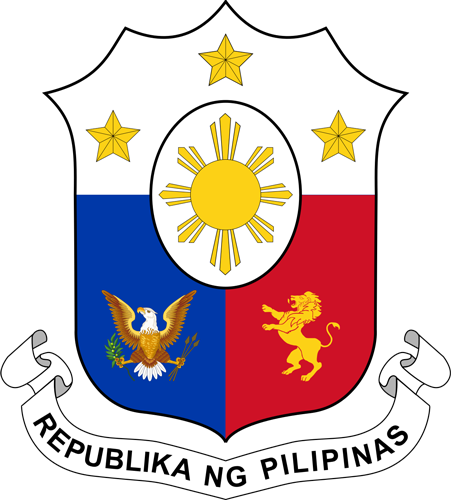ILOILO CITY, (PIA) -- Users of S-PASS travel management system in the country have reached 4,199,893 as of November 7, according to the Department of Science and Technology (DOST) 6.
S-PASS, which stands for Safe, Swift and Smart Passage, was institutionalized as a one-stop-shop application and communication online platform for travelers and LGUs through IATF Resolution No. 101.
Apart from travelers and local government units, S-PASS users also involved the border control and monitoring agencies.
DOST 6 regional director Rowen Gelonga, who spoke during the Dagyaw Second Episode, said these government agencies assist LGUs in monitoring travelers in their areas, verifying the authenticity of the travel documents, and planning policies based on the report generated by S-PASS.
In Western Visayas, the S-PASS has produced a total of 608, 411 Travel Coordination Permits and Travel Pass-through Permit applications.

To note, the TCP is used when traveling to LGUs with restricted travel policies.
Meanwhile, the TPP is a self-generated document that is approved automatically without waiting for the action of the LGU. It is utilized when traveling to LGUs with unrestricted policy but passing through areas with strict travel monitoring protocols such as restricted LGUs, airports, seaports, and terminals.
Gelonga cited that the province of Aklan marked the most number of S-PASS applications for the months of June, July, and October as these months coincided with the opening of tourism sites such as Boracay Island.
“We have monitored that in the country, there is an upsurge of travel between regions. We’re able to see that in the month of October, for example, we have registered the most number of S-PASS registrations and applications as well as Travel Coordination Permits. That is an indication that people are traveling again,” Gelonga said.
To note, DOST is strengthening the inter-operability of S-PASS and harmonization of different contact tracing applications, travel management, and vaccine certificates applications. (AAL/LML-PIA6)



